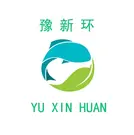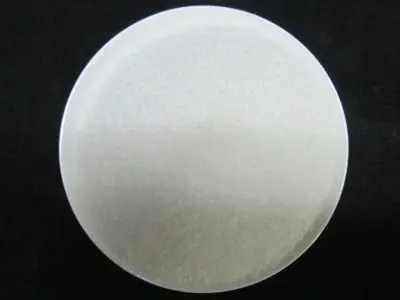Description
Polyacrylamide (cpolyacrylamids) is referred to as PAM, also divided into anionic (HPAM) cationic (CPAM), nonionic (NPAM) is a linear polymer, is one of the widely used varieties of water-soluble polymer compounds, polyacrylamide and its derivatives can be used as effective flocculants, thickeners, paper reinforcing agents and liquid drag reducing agents, etc., widely used in water treatment, papermaking, petroleum, coal, mining and metallurgy, geology, textile, construction and other industrial sectors.
Physical:
Molecular formula (CH2CHCONH2) r, PAM is a linear polymer, it is soluble in water, almost insoluble in benzene, ethylbenzene, esters, acetone and other general organic solvents, its aqueous solution is almost transparent viscous liquid, non-dangerous goods, non-toxic, non-corrosive, solid PAM has hygroscopicity, hygroscopicity increases with the increase of ionism, PAM thermal stability is good; Heating to 100 °C has good stability, but it is easy to decompose to produce nitrogen when above 150 °C, and it is ininsoluble in water when it is inter-molecule, with a density (g) of 23 °C 1.302. With a glass transition temperature of 153°C, PAM exhibits non-Newtonian fluidity under stress.
Features:
Flocculosis: PAM can make suspended substances play a flocculation role through electrical neutralization and bridging adsorption.
Adhesion: It can play a role in adhesion through mechanical, physical and chemical actions.
Resistance reduction: PAM can effectively reduce the frictional resistance of the fluid, and adding a small amount of PAM to the water can reduce the resistance by 50-80%.
Thickening: PAM has a thickening effect under both neutral and acidic conditions, and the thickening will be more obvious when the PH value is above 10°C and PAM is easy to hydrolyze and has a semi-reticular structure.
Brief introduction to the principle of action of PAM:
Principle of flocculation: When PAM is used for flocculation, it is related to the surface properties of the flocculant type, especially the kinetic potential, viscosity, turbidity and PH value of the suspension.
Adsorption bridging: PAM molecular chains are fixed on the surface of different particles, and polymer bridges are formed between each particles, so that the particles form aggregates and settle.
Surface adsorption: various adsorptions of polar group particles on PAM molecules.
Enhancement: The PAM molecular chain and the dispersed phase implicate the dispersed phase together through various mechanical, physical, chemical and other actions to form a network, thus playing a reinforcing role.
Main uses of polyacrylamide:
Polyacrylamide (PAM) has a high molecular weight, good water solubility, adjustable molecular weight, and can introduce various ionic groups to obtain specific properties. Low molecular weight is an effective regulator or stabilizer for dispersing materials, and high molecular weight is an important flocculant.
It can make hydrophilic and water-insoluble gels, and it has good adhesion to many group surfaces and dissolved substances. Due to the above properties, PAM is widely used in flocculation, thickening, drag reduction, gelling, bonding, scale inhibition and other fields.
- Water treatment Polyaluminum
Production Capacity:
400
Delivery Timeframe:
Within 30 Days
Incoterms:
CFR - Cost and Freight
CIF - Cost, Insurance and Freight
EXW - Ex Works
FCA - Free Carrier
FOB - Free on Board
Packaging Details:
25Kg包装,外层聚乙烯塑编袋,内膜双层
More about
Henan Xinhuan Water Treatment Materials Co.,Ltd.
500-1000
Employees
Not informed
Not informed
Year
Established
Business type
- Industry / Manufacturer
Keywords
- Water treatment Polyaluminum
Contact and location
-
Maggie ********
-
+86 1********
-
zhengzhou / | China





